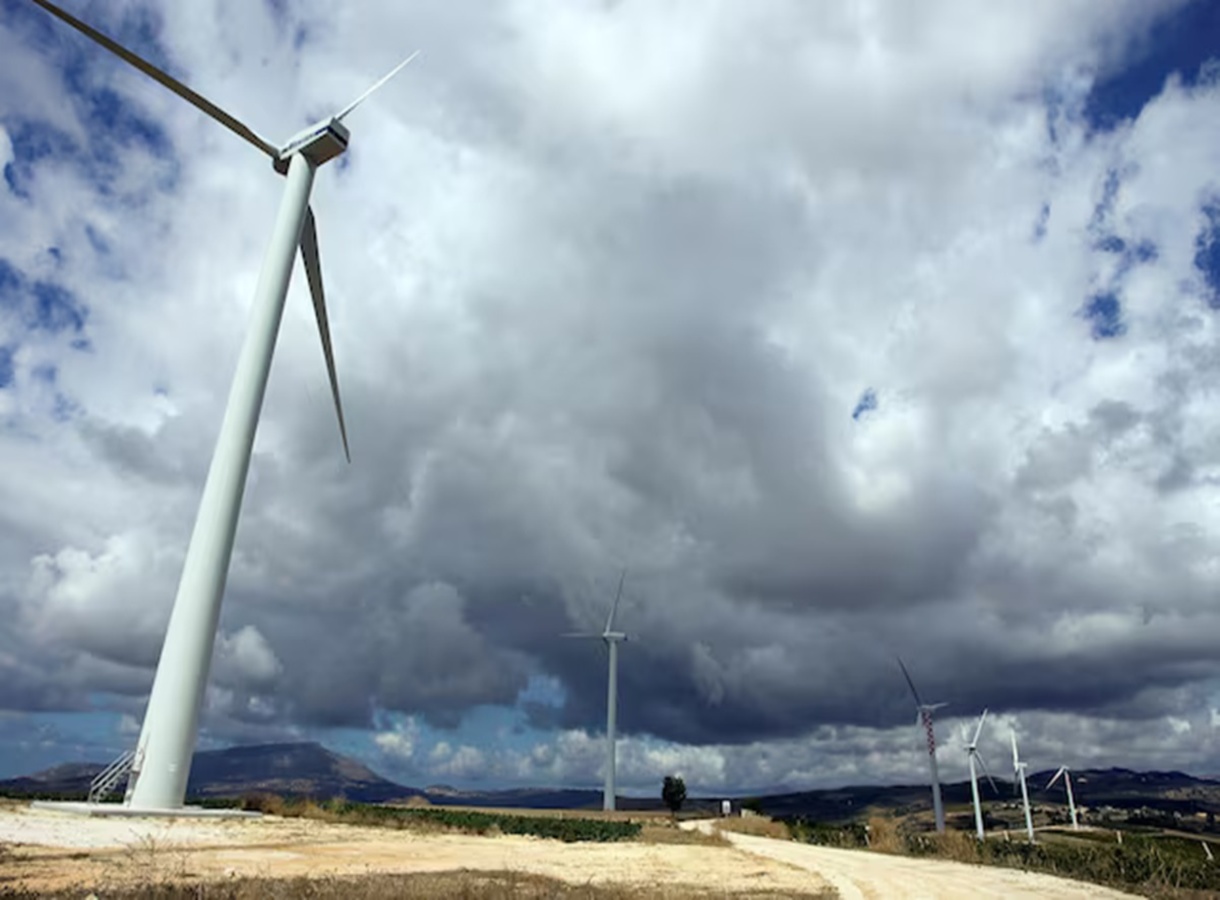Abstract of this article appeared in Financial Express
Investments in ISTS grid infrastructure dedicated to RE projects have surged over the past decade, as new transmission lines and substation capacities have been developed to transfer power from RE-rich states to low-RE states.

The inter-state transmission system (ISTS) charge and loss waivers for renewable energy (RE) between Indian states are set to be phased out by 2028. Initially introduced to support the RE sector, the waiver has been extended several times due to demands from developers and the industry. However, as the solar and wind energy markets have matured, it’s crucial to reassess the merits and drawbacks of the policy, especially given renewed calls to continue the waiver beyond 2028.
The ISTS waiver, introduced in 2016 by the ministry of power, was designed to help states with relatively low solar insolation and wind potential (low-RE states) meet their renewable purchase obligations (RPO) in a cost-effective manner. By allowing these states to import from RE-rich states without incurring ISTS charges, the policy aimed to prevent them from paying high RE tariffs. The ultimate goal was to create a “level playing field” across all states, promoting the use of RE nationwide.
In its early years, the ISTS waiver played a key role in accelerating RE adoption. States with abundant solar and wind resources, such as Rajasthan, Gujarat, and Karnataka, saw a surge in RE projects. These states could export RE to other states, helping them meet their RPOs without the burden of transmission costs. However, in recent years, several unintended consequences have emerged.
One of the major impacts of the ISTS waiver has been a significant imbalance in RE growth across states. Despite the availability of good solar resources in nearly all states, 83% of RE capacity is concentrated in just seven — Rajasthan, Gujarat, Tamil Nadu, Karnataka, Maharashtra, Andhra Pradesh, and Telangana. This concentration is largely due to market distortions caused by the ISTS waiver in a highly price-sensitive sector. Here’s why.
The cost of procuring power from solar projects located in states like Rajasthan or Gujarat by utilities in low-RE states like Odisha or Chhattisgarh includes generation costs, ISTS charges, and minor additional costs. An analysis comparing two RE-rich states (Rajasthan and Karnataka) with six low-RE states (Assam, Bihar, Chhattisgarh, Jharkhand, Odisha, and West Bengal) shows that the difference in generation costs ranges from Rs 0.02/kilowatt-hour (kWh) to Rs 0.40/kWh. However, the ISTS charge waiver for transactions between RE-rich and low-RE states is estimated to range from Rs 0.40/kWh to Rs 0.90/kWh. In other words, the ISTS waiver is now larger than the cost differential in generating RE across different parts of India.
If the ISTS waiver is eliminated, it will be cheaper for states to install and use RE locally, rather than importing power from thousands of kilometres away. For example, without the waiver, the cost of procuring solar power for a utility in Chhattisgarh from a local project is approximately Rs 2.78/kWh, compared to Rs 3.24/kWh from a project in Rajasthan and Rs 3.36/kWh from a project in Karnataka.
Due to the ISTS waiver, a few states have become RE hubs, while the rest have lagged in RE growth. This imbalance undermines the policy’s initial goal of fostering equitable RE development across states. Rather than developing their own resources, low-RE states have become overly reliant on energy imports, which has hindered their progress in building local renewable infrastructure.
Investments in ISTS grid infrastructure dedicated to RE projects have surged over the past decade, as new transmission lines and substation capacities have been developed to transfer power from RE-rich states to low-RE states. iFOREST estimates that these investments account for 30-45% of total grid infrastructure investments in recent years. If the ISTS waiver continues, massive investments will be required to build grid infrastructure solely to transfer power between states. It would be more prudent to first promote local RE generation and consumption than prioritise inter-state transmission projects.
There are additional impacts of the ISTS waiver, such as an unequal burden of transmission costs on certain states, particularly northeastern, that use less RE from the ISTS grid. Also, inter-state transmission is itself becoming a bottleneck for the RE industry’s growth as ISTS projects are being installed at a much faster pace than the expansion in transmission grid.
It is clear that the ISTS waiver impedes the goal of equitable RE growth. Although some low-RE states have tried to mitigate the waiver’s impact by offering higher subsidies, these measures are insufficient. For balanced growth and healthy market competition, the ISTS waiver should be phased out as scheduled.
India has experimented with “price equalisation” policies in the past, often with negative consequences. The freight equalisation scheme for coal, for instance, was meant to promote balanced industrial development across India but ended up impeding the industrialisation of mineral-rich eastern states. We should not repeat the mistake.
Chandra Bhushan is one of India’s foremost public policy experts and the founder-CEO of International Forum for Environment, Sustainability & Technology (iFOREST).
- Chandra Bhushanhttps://iforest.global/author/chandra/
- Chandra Bhushanhttps://iforest.global/author/chandra/
- Chandra Bhushanhttps://iforest.global/author/chandra/
- Chandra Bhushanhttps://iforest.global/author/chandra/
